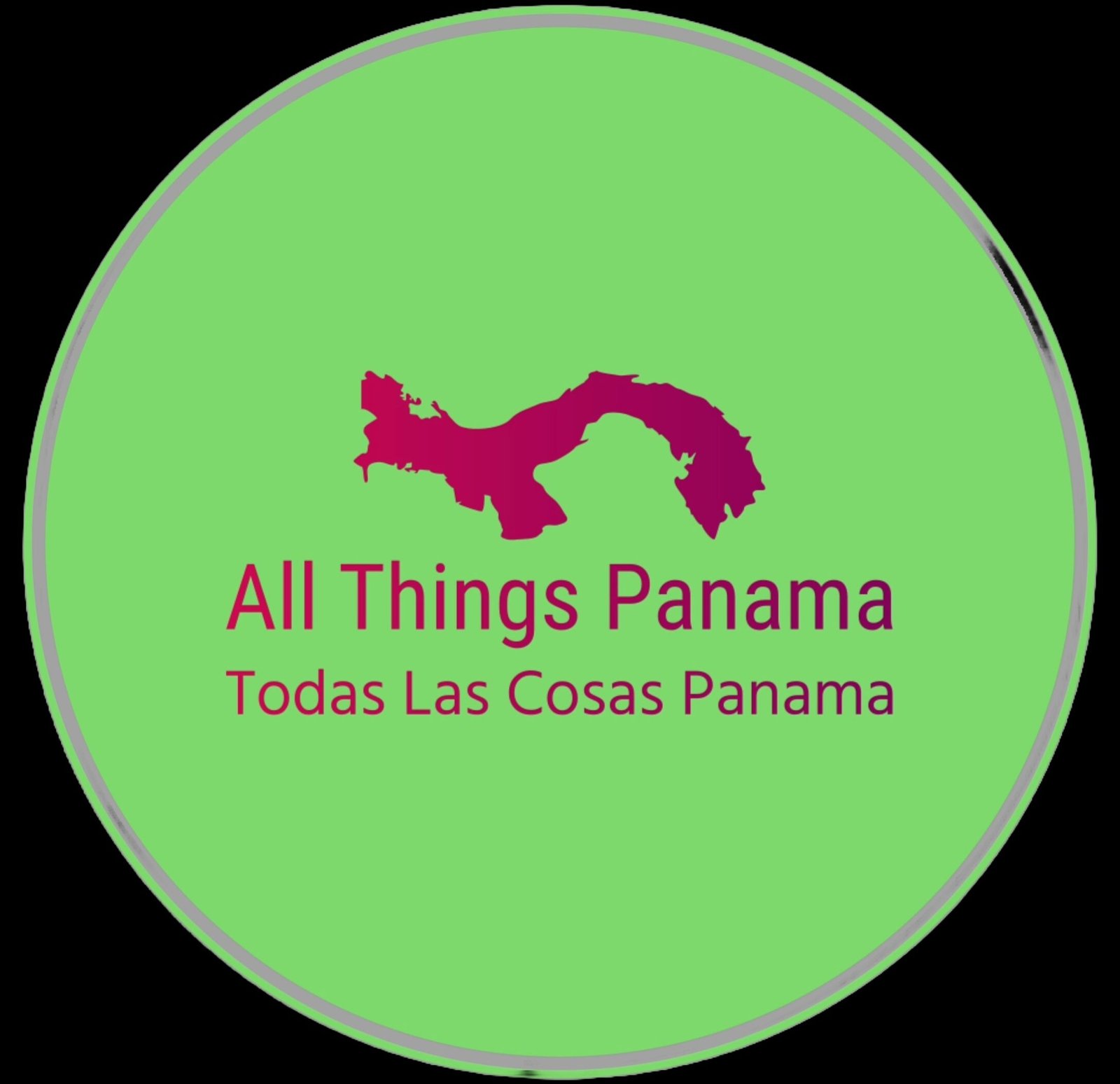Since 1996, Costa Rica has celebrated “Traditional Masquerade Day” on October 31, following the issuance of Executive Decree No. 25724-C. This day was established to honor one of the nation’s most distinctive cultural expressions: masquerades. This tradition, embedded deeply in Costa Rican heritage, showcases the creative spirit of Costa Ricans, who craft large, colorful masks and costumes that bring characters to life in a vibrant, public celebration.
In 2022, Costa Rica’s Legislative Assembly declared the masquerade an official national symbol through Legislative Decree No. 10239. This measure reinforced the cultural importance of the masquerade and educated the public about its history and values. Today, a colorful array of characters continues to captivate the public as they are brought to life during the festivals. These figures include iconic characters like the Giant, the Witch, the Devil, the Skull, and the Policeman.
The origins of Costa Rica’s masquerade tradition in the Central Valley can be traced back to the colonial period, specifically in communities that organized festivals honoring their Patron Saints. According to researchers, “It was in La Puebla de Cartago—a neighborhood home to Indigenous people, browns, Blacks, and mulattos—where the practice of mantudos began, during one of the August festivities honoring the Virgin of Los Angeles.”
This area in Cartago was essential in giving rise to a distinctive Costa Rican masquerade tradition, blending influences from diverse ethnic and cultural backgrounds within the community. One of the most recognized figures in Costa Rica’s masquerade culture is Rafael ‘Lito’ Valerín, a native of Cartago. Valerín is celebrated for creating an array of popular characters brought to life by the youth of Cartago at the beginning of the 20th century.
These characters, often depicted as clowns, added a playful, whimsical element to the Virgin of Los Angeles festivities and, over time, were embraced by other communities in the region, evolving into a beloved feature of the patron saint celebrations across various towns in the Central Valley.
Some of the towns where this cultural expression thrives include Aserrí, Barva, and regions throughout Heredia; Desamparados, San Lorenzo de San Joaquín de Flores, San Antonio de Escazú, Tres Ríos, and Palmares. In nearly all of these places, families have preserved the tradition of masquerade-making, passing down the knowledge and skills required to craft these characters from one generation to the next.
The post Traditional Masquerade Day Celebrates Costa Rican Culture appeared first on The Tico Times | Costa Rica News | Travel | Real Estate.
